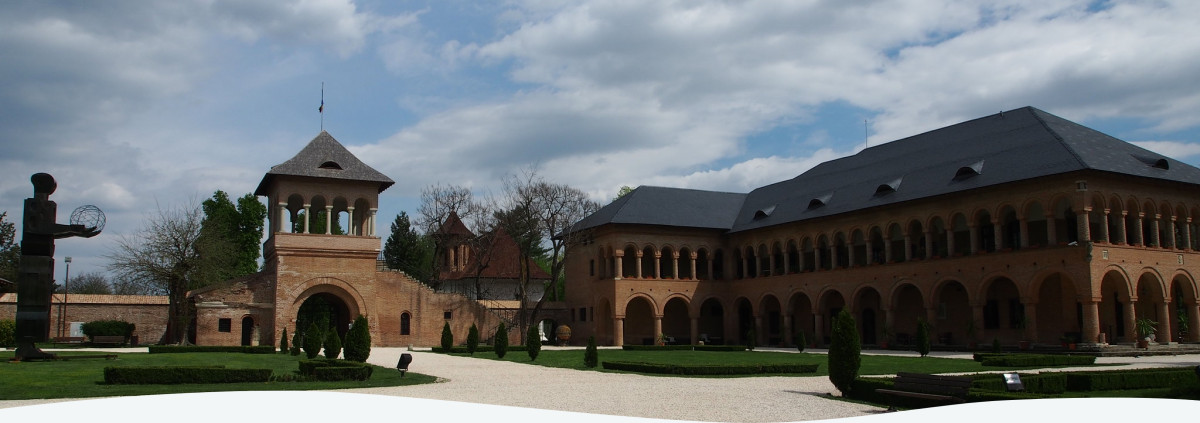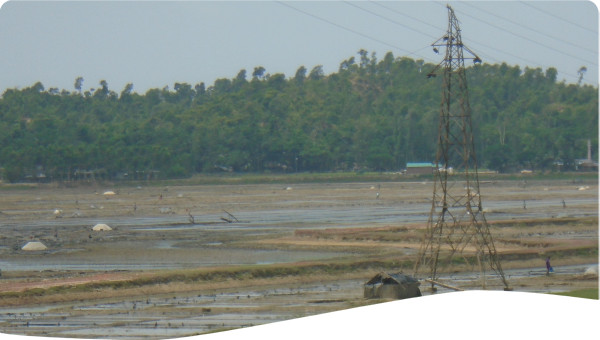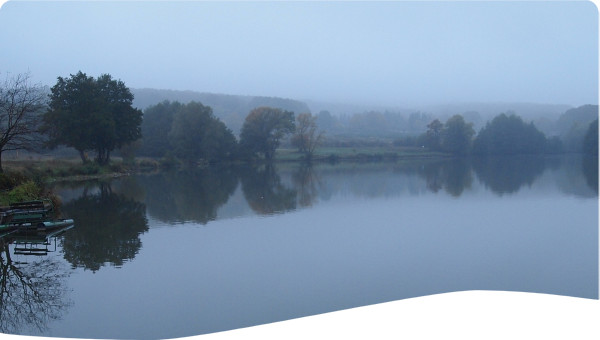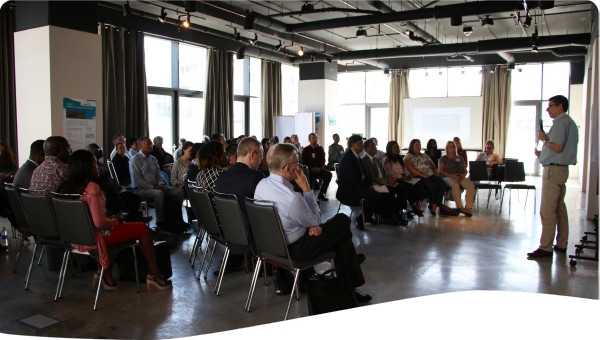The EU Water Framework Directive requires member states to implement program of measures for reaching good water status for all water bodies by 2015. In Romania, this requires substantial investments. In response to address the pressures in the Romanian river basins, a number of measures have been identified, divided into basic measures and supplementary measures. The key lesson is the value of approaching the issue with several complementary measures.
Romania has committed to transpose and implement the EU Water Framework Directive. An overview on significant pressures in Romania indicates a number of 947 point significant sources (436 urban, 325 industrial, 181 agricultural, and 5 others). More than 50% of the total nitrogen discharge originates from agricultural diffuse sources; around 52% of phosphorous diffuse discharge is due to human agglomerations and agriculture. Hydro-morphological alterations impacts significantly water courses, for instance 242 reservoirs interrupt the longitudinal continuity of the river; 4,689 km embankments on river bank regulations with 3,460 km changing the river morphology. Also 550 km derivations and significant water abstractions produce effects on river hydrological characteristics.
The Program of Measures is a part of the River Basin Management Plan in response to address the above pressures, to improve and preserve the good status of the river with concrete results as part of WFD implementation.
The EU Water Framework Directive (WFD) requires member states to identify and implement program of measures for reaching good water status for all water bodies by 2015. Selecting the most cost-effective set of measures for reaching good water status is especially important for Romania, a country that belongs to the most economically weak and vulnerable EU member state.
In addition, EU water legislation imposes high investment needs that require careful considerations regarding the nation’s affordability. Romanian water sector poses the limited financial and budgetary resources available for supporting this implementation as well as the limited capacity to pay for the many water users and economic sectors.
Thus, in the implementation of the EU WFD, Romania is confronted with the difficulty to choose among a wide range of measures. Hence the challenge lies on how to choose among all the available measures that can appropriately be applied and more so, how to prioritize them.
Two categories of measures defined for removing and reducing the effects of pressures were identified i.e. basic measures and supplementary measures. All these measures aim at addressing anthropogenic pressures which are mainly a result of human agglomerations, industrial and agricultural activity and hydro morphological alterations. The basic minimum compliance measures involve a financial investment totaling approximately 19 billion Euros. Out of this investment only the human agglomerations represents around 15 billion Euros (78%), the industry 1.28 billion Euros (7%), agriculture 1.9 billion Euros (10%) and 0.011 billion Euros the hydro morphological related measures. In addition to the basic measures achieving the environmental objectives, supplementary measures were identified. These measures are aimed at reducing the effect of hydromorphological alterations (restoration of longitudinal and latitudinal river continuity), ecological restoration, measures related to decrease the effect of navigation on aquatic ecosystems and flooded areas. Also specific supplementary measures for reducing pollution from human agglomerations, industrial and agricultural activities have been identified. The identification of measures was based on review of existing strategic and planning documents for specific policies (e.g. implementation of the EU Nitrates Directive), sources of financing, and involvement of various economic sectors and other actors (e.g. environmental NGOs). This list with measures was complemented by targeted discussions with a wide range of experts and stakeholders from government, research institutes, consulting companies and NGOs. A distinction was then made between measures and instruments.
The following processes were considered crucial in the implementation of the measures and the instruments:
- Cost evaluation for each measure
- Identify the scale of analysis and classify the effect of the selected supplementary measures of biological quality elements
- Prioritization of supplementary measures based on cost effectiveness ratio
- Analysis of supplementary measures on sub-basin river scale from reaching the environmental objectives.
Important final outcome has been the development of the Program of Measures as part of integrated River Basin Management Plans. While to reach all the above actions, it was realized that an economic tools are important to identify the options and reach a certain predefined target. A report was developed to highlight the investments related to supplementary measures that are a priority to reduce ecological effects and the time period required for the objectives to be reached. Also the report describes the criteria for prioritization and analyzing the possibility of implementing the measures for the first time at a basin as well as national scale. A national overview related to the supplementary measures identified as a result of Cost Effectiveness Analysis, instruments and associated costs, necessary for reaching the environmental objectives was attained.
In this regard, 222 supplementary measures have been identified related to organic and hazardous pollution and nutrient pollution especially to the hydro morphological alterations and 261 related instruments. The total necessary costs are estimated around 584.224 million Euros. The financing of the supplementary measures is 41% from European funds, 23% from the state budget, 17% from local budgets and 18% from companies` financing sources. For the ecological effects, the highest ranking was associated with hydro morphological measures. Also other measures included structures such as fish ladders, artificial wetlands and river restoration however the probability to implement these measures in the first cycle of River Basin Management Plan (2012) is very low due to financial constraints. Only in few cases of hydro morphological related measures were registered with high certainty of implementation in 2012.
Most of the supplementary measures related to organic pollution especially those from point sources with generally a medium ecological effect were identified to be possible for implementation in 2012. This is due to the fact that these measures are a part of economic investment for actors in the planning process, for instance the extension and modernization of the sewage network. However, due to high financial investment costs related to basic measures, of the 19 billion Euros approximately 57% of the total supplementary measures are allocated to the first cycle of RBMP. Finally, in the framework of RBMP the Cost Effectiveness Analysis provides the basis for Cost Benefit Analysis. In fact for derogation of time for reaching the environmental objectives for these measures which are not eligible to be implemented in 2012 due to financial reasons.
The involvement of stakeholders in the CEA was needed for the development of the programme of measures. In addition, there was a need to ensure that expert judgment was used in a rigorous and transparent manner.
CEA is a useful tool in decision making however it is not the ultimate selection criteria for the selection of measures. To have a proper and update Cost Effectiveness, Economic Guidance approach recommended by the European
Commission should be used.
The use of cost effectiveness analysis is one of the ways of achieving IWRM objectives.
There are still a lot of challenges: human (and financial) resources are required to undertake such studies, how results will be translated to right political decisions, and how out-of-water sectors understand needs to provide specific information.
 Case studies
Case studies


